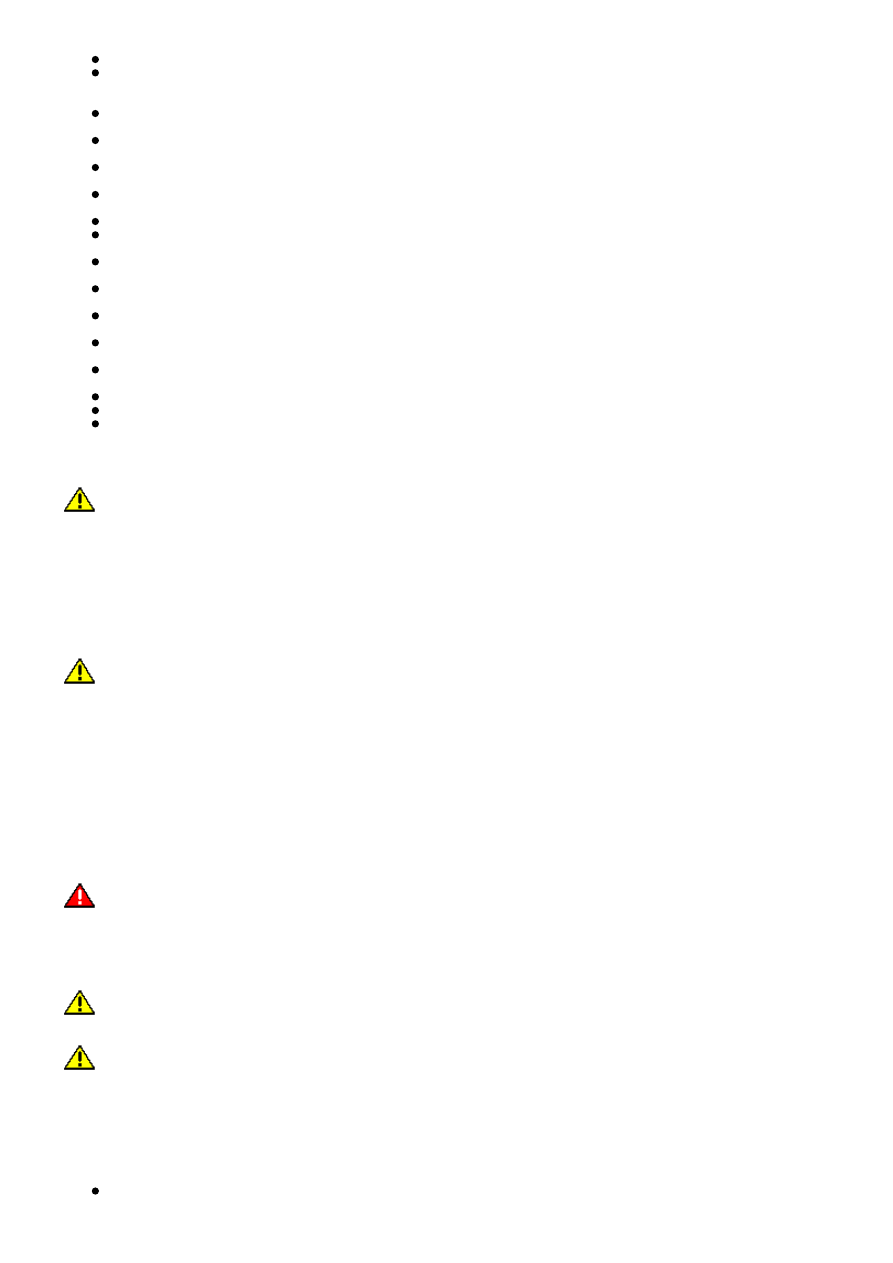Frelander 2. Manual - part 8

Air conditioning units must not be lifted by their hoses, pipes or capillary lines.
Hoses and lines must not be subjected to any twist or stress; the efficiency of the system will be impaired by kinks
or restrictions. Make sure that hoses are correctly positioned before tightening couplings, and make sure that all
clips and supports are utilised.
Flexible hoses should not be positioned closer than 100 mm (4.0 in) to the exhaust manifold unless protected by
heat shielding.
Completed assemblies must be checked for refrigeration lines touching metal panels. Any direct contact of
components and panels may transmit noise and so must be eliminated.
The appropriate torque wrench must be used when tightening refrigerant connections to the stipulated value. An
additional spanner must be used to hold the union to prevent twisting of the pipe when tightening connections.
Before connecting any hose or pipe, make sure that refrigerant oil is applied to the seat of the new O-rings, BUT
NOT to the threads of the connection.
All protective plugs or caps must remain in place in the component until immediately prior to connection.
Make sure components are at room temperature before uncapping/unplugging, to prevent condensation of moisture
from the air that enters it.
When disconnecting, immediately plug or cap all air conditioning pipes to prevent ingress of dirt and moisture into
the system.
Components must not remain uncapped/unplugged, if a system has been left uncapped/unplugged for 20 minutes
or longer, a new receiver/drier must be installed.
The receiver/drier contains desiccant which absorbs moisture. It must be positively sealed at all times. A
receiver/drier that has been left uncapped for longer than 20 minutes must not be used; install a new unit.
The receiver/drier should be the last component connected to the system to make sure optimum dehydration and
maximum moisture protection of the system.
Whenever a component of the refrigeration system is replaced, it will also be necessary to install a new
receiver/drier unit.
Use alcohol and a clean lint-free cloth to clean dirty connections.
Make sure that all new parts installed are marked for use with R134a.
When a major repair has been completed, a leak test should be conducted; refer to the Repairs Section of this
manual for the correct procedure.
Refrigerant oil
CAUTION: Refrigerant oil easily absorbs water and must not be stored for long periods. Do not pour unused
refrigerant oil back into the container. Always use an approved refrigerant oil.
When replacing components in the air conditioning system, drain the refrigerant oil from the component being replaced
into a graduated container. On assembly, add the quantity of refrigerant oil drained to the new component - See Air
Conditioning Compressor Replacement in this Section.
Compressor
A new compressor is sealed and pressurised with Nitrogen gas. When installing a new compressor, slowly release the
sealing cap; gas pressure should be heard to vent as the seal is broken.
CAUTION: A new compressor should always be sealed and could be pressurised with nitrogen gas. To avoid possible
oil loss, release the sealing cap(s) slowly. Do not remove the cap(s) until immediately prior to connecting the air
conditioning pipes to the compressor.
Rapid refrigerant discharge
If the air conditioning system is involved in accident damage and the system is punctured, the refrigerant will discharge
rapidly. The rapid discharge of refrigerant will also result in the loss of most of the oil from the system. The compressor
must be removed and all the remaining oil in the compressor drained and refilled as instructed in the air conditioning
section of this manual.
Precautions for refrigerant recovery, recycling and recharging
When the air conditioning system is recharged, any existing refrigerant is first recovered from the system and recycled.
The system is then charged with the required weight of refrigerant and volume of refrigerant oil.
WARNING: Refrigerant must always be recycled before reuse to make sure that the purity of the refrigerant is high
enough for safe use in the air conditioning system. Recycling should always be carried out with equipment which is design
certified by Underwriter Laboratory Inc. for compliance with SAE J1991. Other equipment may not recycle refrigerant to the
required level of purity.
• CAUTIONS:
A R134a Refrigerant Recovery Recycling Recharging Station must not be used with any other type of refrigerant.
Refrigerant R134a from domestic and commercial sources must not be used in motor vehicle air conditioning systems.
The system must be evacuated immediately before recharging commences. Delay between evacuation and recharging
is not permitted.
Air Conditioning Compressor Replacement
A new compressor is supplied filled with a full charge (X cm³) of refrigerant oil.
A calculated quantity of oil must be drained from the new compressor before installing. To calculate the quantity of oil to
be drained:
Remove the drain plug from the old compressor.